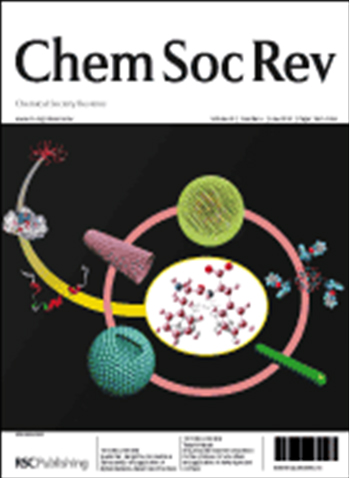Many biomolecules, including peptides and proteins, can interact and self-assemble into highly ordered supramolecular architectures with functionality. By imitating the processes where biological peptides or proteins are assembled in nature, one can delicately design and synthesize various peptide building blocks composed of several to dozens of amino acids for the creation of biomimetic or bioinspired nanostructured materials. Certain peptide building blocks for self-assembly are derived with inspiration from a pathogenic process. A known example is the diphenylalanine peptide which is extracted from Alzheimer’s β-amyloid polypeptide as the core recognition motif towards molecular self-assembly.
With financial supports of Chinese Academy of Science, The Ministry of Science and Technology and National Natural Science Foundation Prof. LI Junbai’s group from the Chinese Academy of Sciences Key Laboratory of Colloid Interface Science and Chemical Thermodynamics made progress in the molecular assembly of biomimetic systems. This group was recently invited to contribute a review article in Chem. Soc. Rev. (2010, 39, 1877-1890) entitled as “Self-assembly and application of diphenylalanine-based nanostructures”. This review article covered the most recent research work in the field of diphenylalanine-based peptide biomimetic nanostructures, which was highlighted as an outside cover paper.
Based on the principle learning from nature, a variety of peptide based nanostructures can be fabricated from biomimetic peptide building blocks. Such assembled nanomaterials exhibit remarkable potential for application in biological and non-biological areas, including tissue engineering, drug delivery, bioimaging, biosensors and guest encapsulation as well as templates for nanofabrication. Self-assembled peptide nanostructures can be designed to be responsive to variation of some physical parameters, leading to the reversible transition between tubular and spheric structures(Angew. Chem. Int. Ed.2007, 46, 2431; Chem. Eur. J. 2008, 14, 5974.). In some case, the peptide building blocks self-assemble into nanofibers, and further result in the formation of gel scaffolds (Chem. Mater. 2008, 20, 1522; Chem. Eur. J. 2010, 16, 3176.). In addition, a combination of inorganic functional materials, which exhibit unique electronic, photonic, and catalytic properties, with biological or biomimetic building blocks provides a strategy towards improved properties and novel functions of nanobiomaterials. The progress has been made in the preparation of peptide-inorganic hybrids, e.g. biocompatible 3D colloidal spheres for bioimaging (Small, 2008, 4, 1687), peptide–POM hybrid supramolecular networks for adaptive encapsulation of various guests ranging from small molecules to nanoscale objects (Adv. Mater. 2010, 22, 1283).

